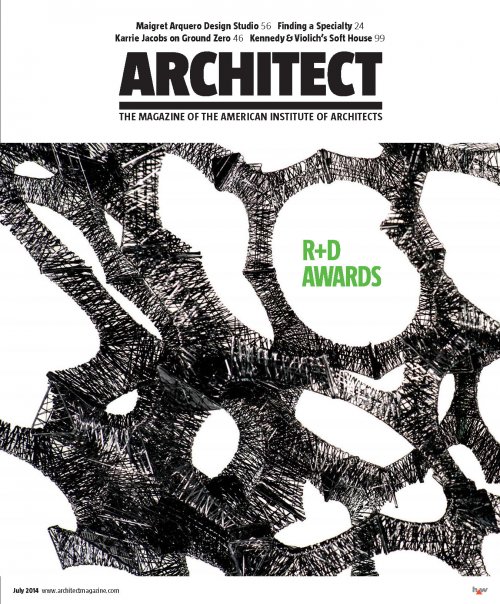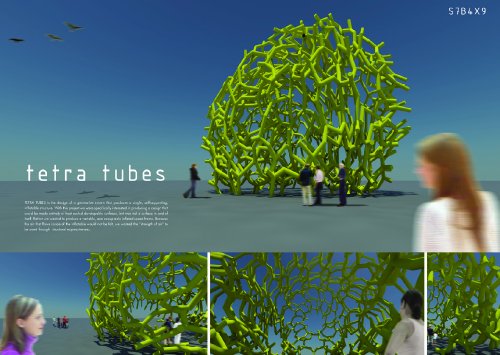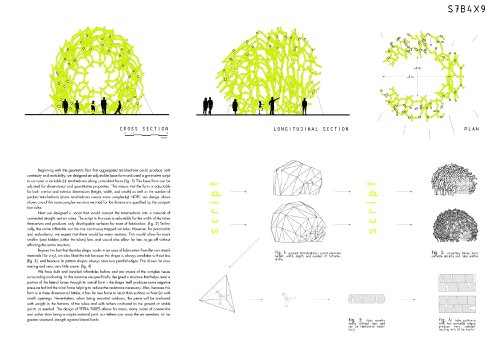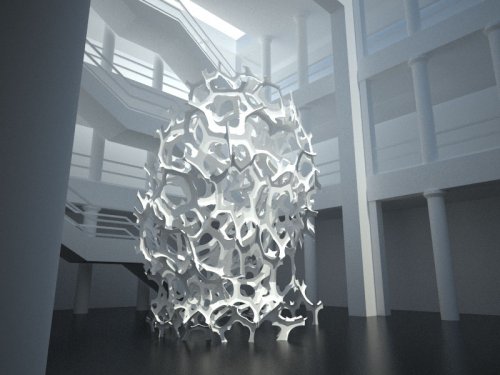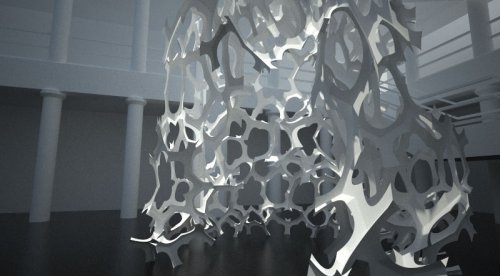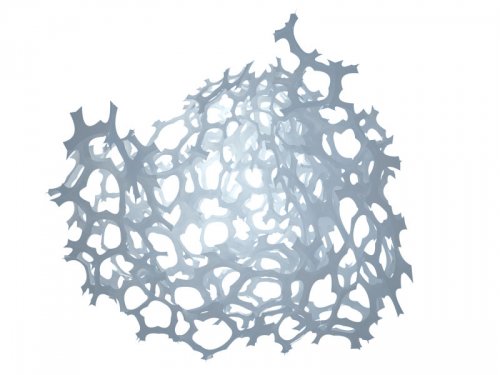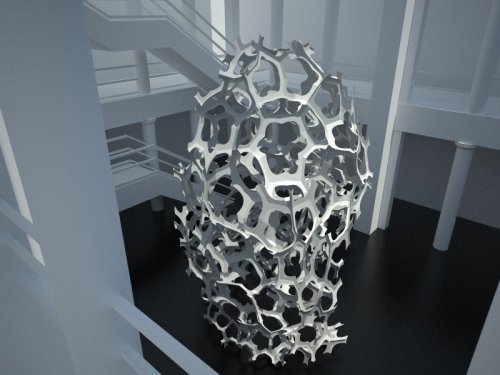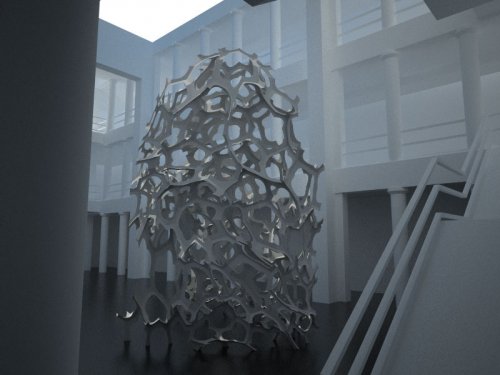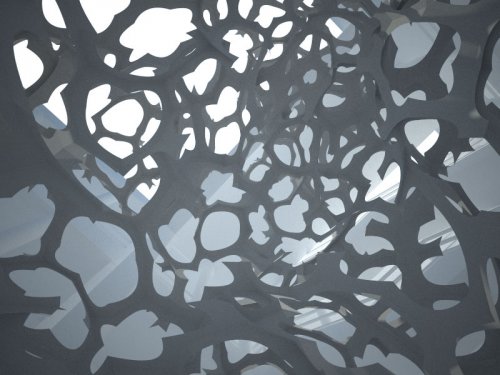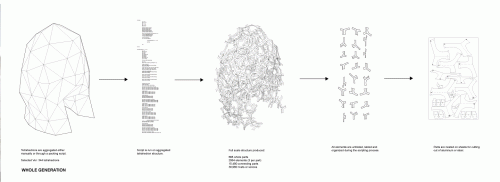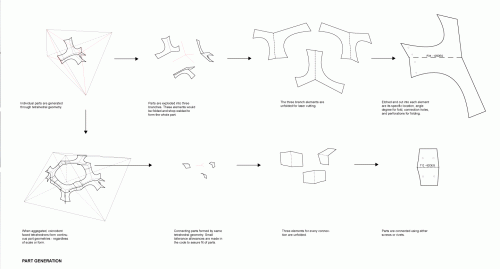Posts Tagged ‘scripting’
[.. author markup ..] [.. date markup ..]c-LITH: Carbon Fiber Architectural Units
Friday, May 23rd, 2014c-LITH is the reconsideration of the architectural building unit through the exploration of new composite techniques and materials. Our project develops individual components that exploit the strength, lightness, and variability possible with carbon fiber filaments when paired with computation, digital fabrication, and hand assembly.
Traditionally, architectural units made of brick or concrete are small and multiple, heavy, difficult to vary, and are much better in compression than tension. Using carbon fiber filaments to create variable units allows for larger individual units that can vary in both shape and structural performance as needed. Our units, pound for pound, have higher capacities in both compression and tension and therefore impact the design in both the vertical and horizontal dimensions. Most importantly, however, our units address the use of carbon fiber at the scale of architectural production.
The images below are of the project installed @ the Taubman College Liberty Annex Gallery as part of the Research Through Making Exhibit, March 12 – April 20, 2014.
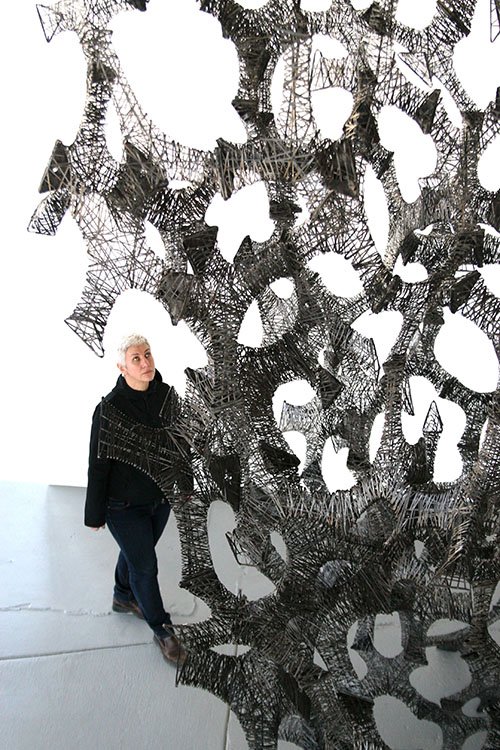
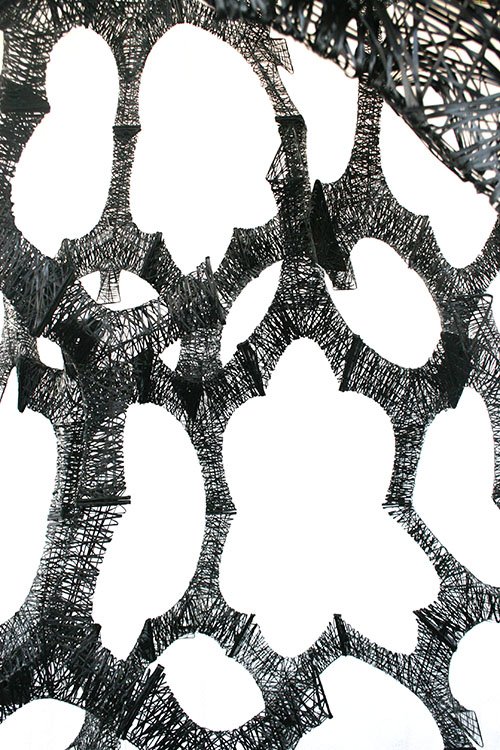
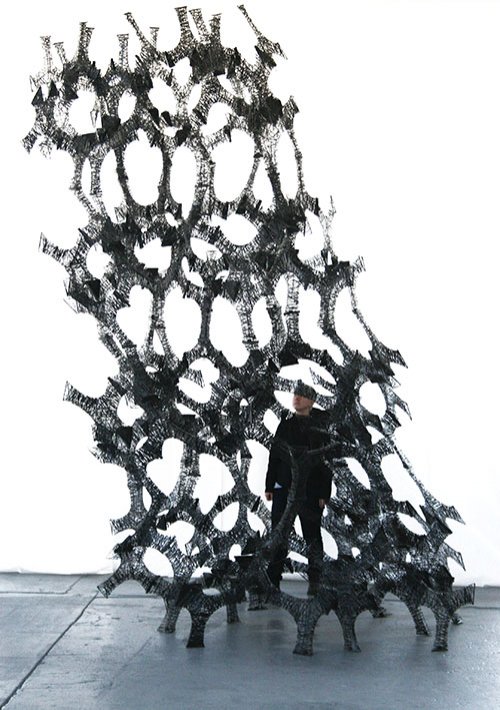
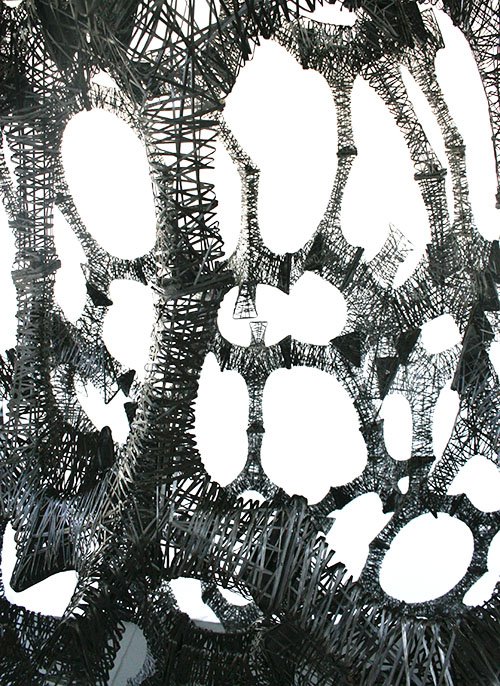
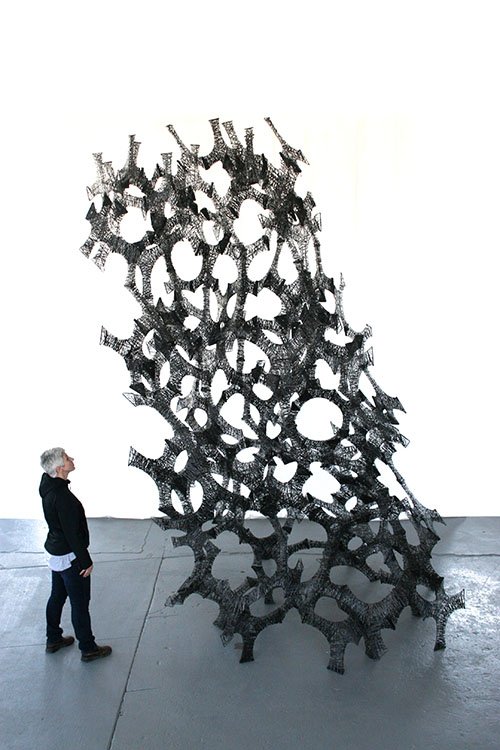
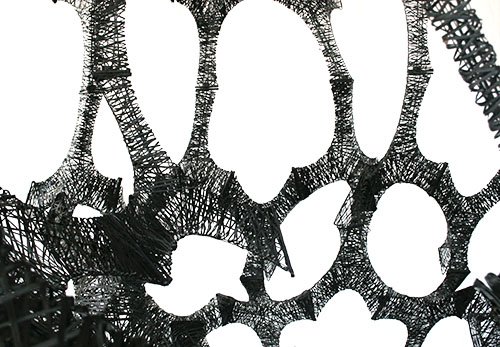
PROJECT TEAM
DESIGN: Glenn Wilcox and Anca Trandafirescu
FABRICATION AND ASSEMBLY: Glenn Wilcox, Anca Trandafirescu, Megha Chandrasekhar, Troy Hillman, Secil Taskoparan, Rebecca Braun, Ryan Mason, Sam Seeger, Peter Choi, Chris Pine and John Larmor
FUNDING: Grant from the Taubman College of Architecture and Urban Planning, University of Michigan
FLYING CARPET | Fabrication
Monday, September 16th, 2013The Flying Carpet is a piece of microarchitecture that converts a long, narrow volume of space in Angell Elementary School into a reading, writing, lounging, and play space for the children occupants of the building. Located on the second floor among the 3rd, 4th, and 5th grade classrooms, the Flying Carpet was designed to retain the existing programmatic uses of the space but give them beautiful and lively accommodation. Folk stories in many cultures tell of a mythical flying carpet that transport their riders to distant places faster than the wind. Recalling these stories from our own childhood, the flying carpet became the apt poetic metaphor for the space’s primary activities: reading, writing, and imagining… the fastest ways we know to travel elsewhere.
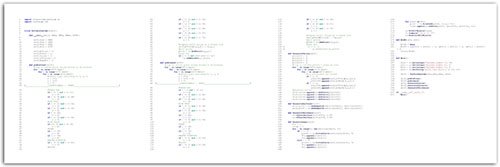
The computer script we wrote to generate the final form for the piece had to be able to produce widely varying sectional shapes, but also had to conform precisely to children’s body dimensions. Once written, we then could input conditional statements to control the table, bench, lounge, and variable “bump” heights.
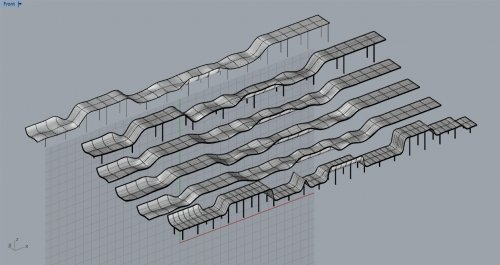
Our early variations explored the use of double curved surfaces and alternative leg supports.
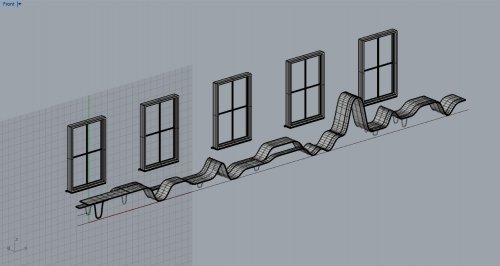
The final design responds to particular site conditions and utilizes the curvature and “landing” of the surface for self-support in addition to steel legs which follow the same geometry of the surface.
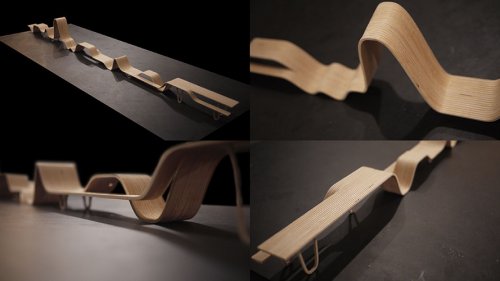
Since we were also going to be the fabricators on the project we made a series of scale models to study and refine the geometry in greater detail, and also to understand the process of fabrication and assembly of the final full scale piece.
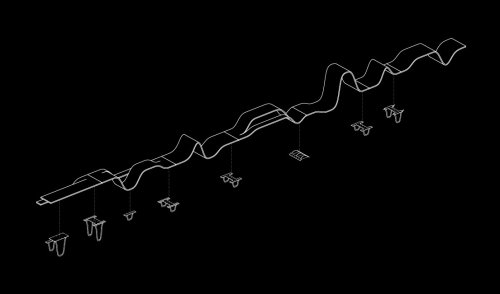
For ease of fabrication, transport, and assembly, the final design is divided into seven sections. The steel support legs also serve a secondary role of joining the sections to each other.
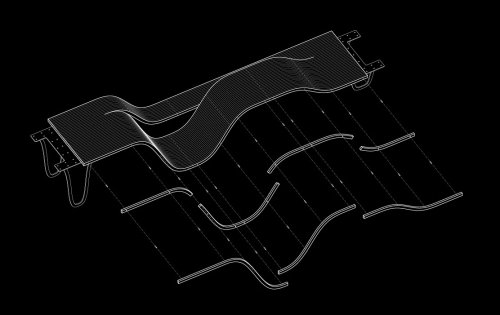
Each section is broken down into smaller elements which overlap to create a stronger bonding surface. Dowel holes are drilled in each part to facilitate alignment and rapid assembly.
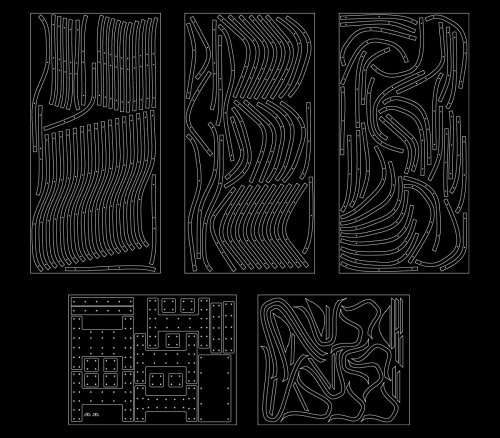
We developed cut sheets for CNC and Water-Jet cutting of both the wood and steel elements. It’s important to note that these were output directly from a 3D model to cutting files – no construction documents were made for the project.
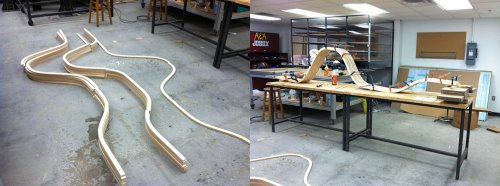
After CNC machining, elements are laid out in order prior to assembly. Sections are glued and clamped in stages.
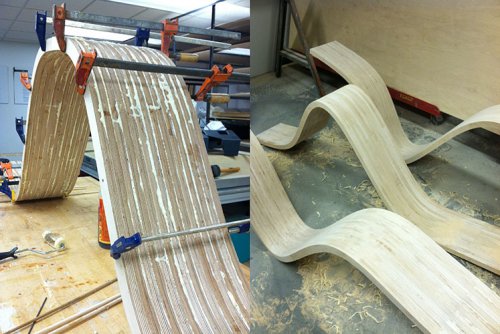
Parts are cleaned and sanded prior to section assembly.
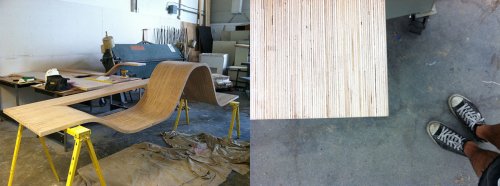
Final sanding and finishing of one of the sections.
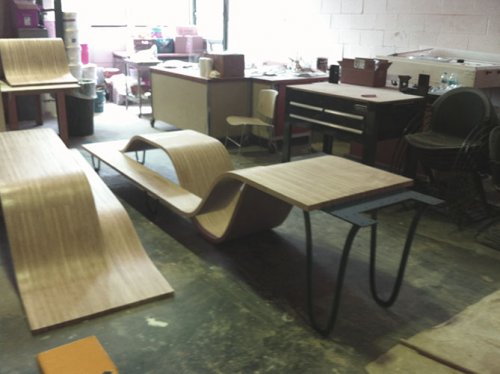
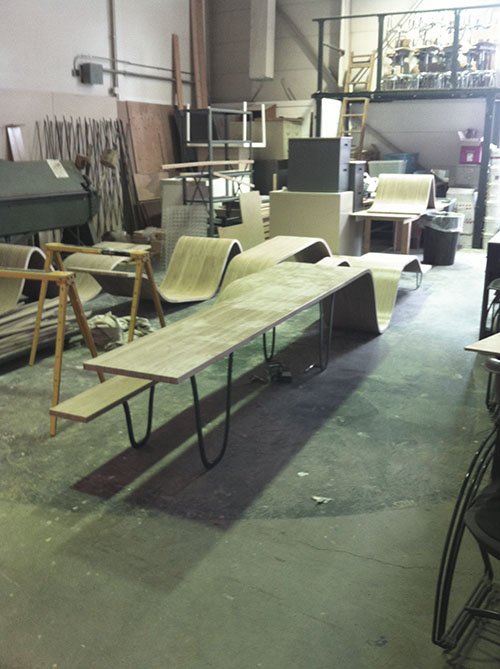
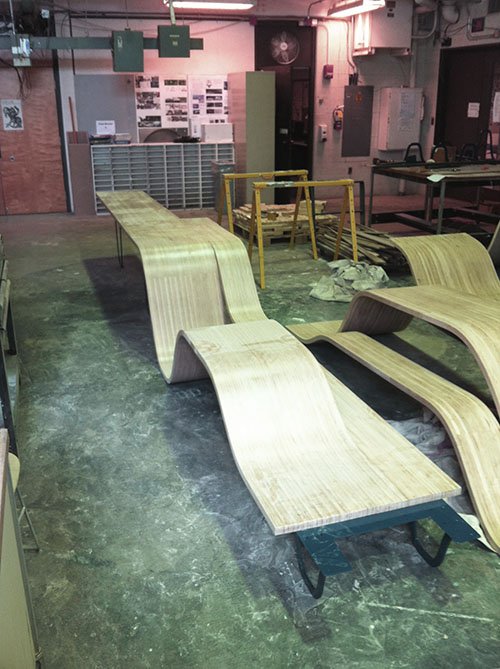
PROJECT TEAM
DESIGN: Glenn Wilcox and Anca Trandafirescu
MODEL FABRICATION: Jake Newsum and Secil Taskoparan
FABRICATION: Glenn Wilcox, Troy Hillman, Megha Chandrasekhar and Anca Trandafirescu
PHOTOS: Glenn Wilcox and Troy Hillman
CUTWORK | Concrete Casting Project
Sunday, October 28th, 2012We continue to develop the script and form for the concrete casting project ‘Cutwork.’ And now have an actual site and program – a garden pavilion on a rural site in south-eastern Michigan. There are now many more variables involved – the depth and thickness of the parts change from bottom to top, also the vertical dimension of each row diminishes exponentially, along with the width of each vertical row from the entry to the back of the pavilion – so it subtly ‘opens up’ as one enters. Our plan over the next several months is to build a full scale vertical row to do some structural testing – and feed that data back into the computer model refining the final form – then produce all the parts over the winter for installation in the spring of 2013. A few working images below. Stay tuned.
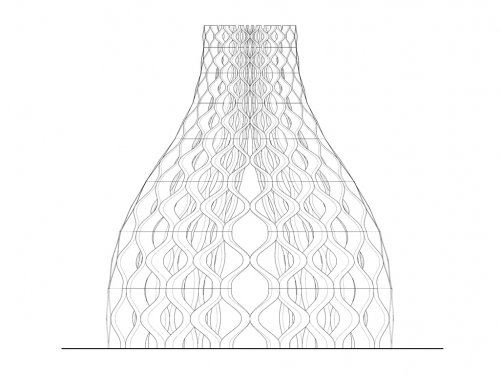
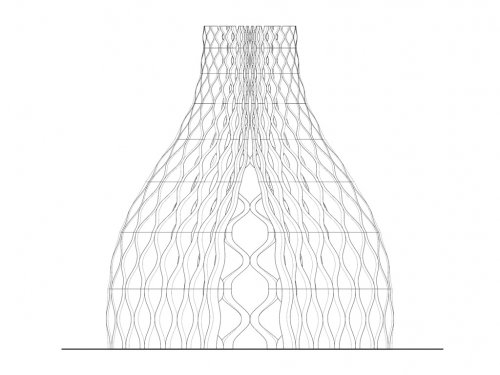

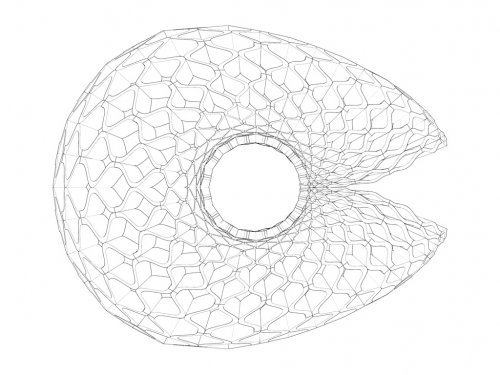
Cutwork | Concrete Ribbons Project
Friday, September 28th, 2012A current research project that we plan to build as full scale pavilion in the spring/summer of 2013. Glenn will be presenting this project in October @ the ACADIA conference in San Fransisco. Here is the complete description:
This project is part of ongoing research that investigates the utilization of a 7-axis robot for hotwire cutting casting molds from EPS foam stock for the purposes of casting variable concrete units. The projects conceptual basis is the rethinking of the masonry block as a variable unit. Rhinoceros with Python computer scripting is explored as a methodology for producing the variable units – which are aggregated to form continuous structural surface forms. Surfaces from the design models are imported to Master Cam to produce tool-pathing and G-code to run a robot controlled hotwire. Multiple molds are cut from 4’ x 8’ sheets of fully recyclable EPS foam – with average cutting time of each part being under 3 minutes. Through exploring the full span of the design and production process from coding to casting to assembly the project aims are to investigate both the efficiency of the system and its formal/structure/ornamental potentials. The aesthetic desire being to produce a form and unit design which is intricate – more like lace – possessing the texture and tactility of concrete – but having a lightness of form and linament which is perceptually other.
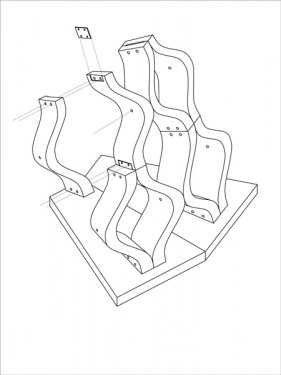
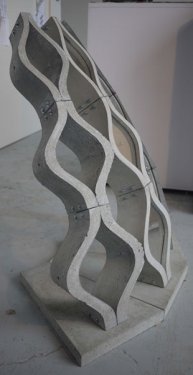
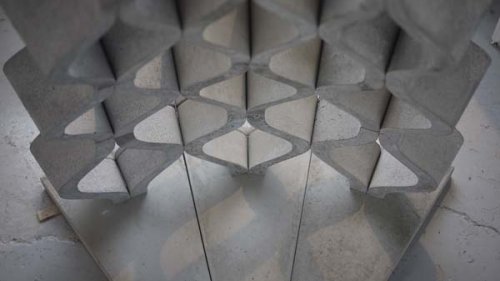
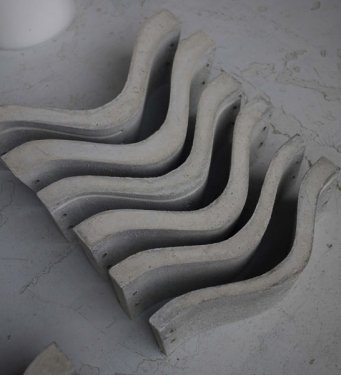
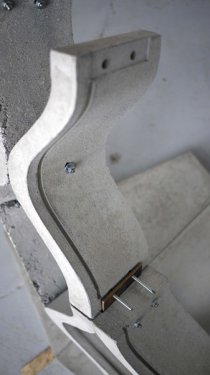
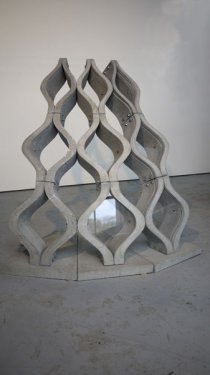
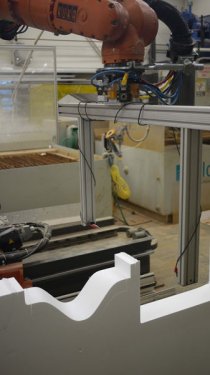
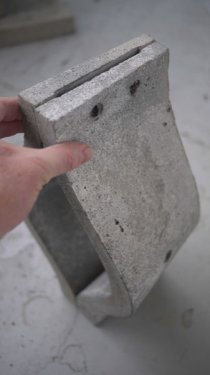
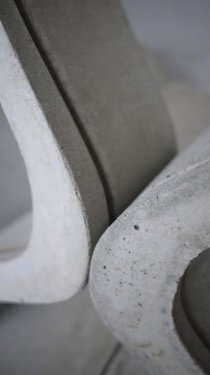
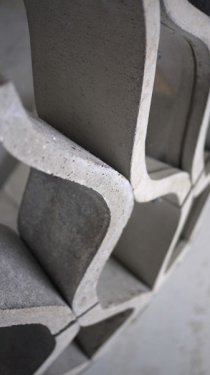
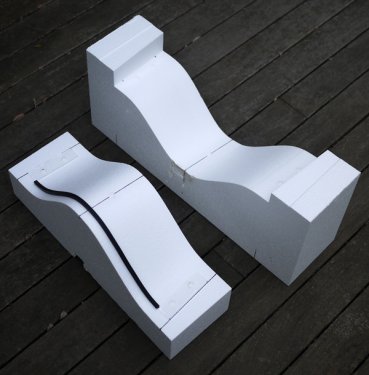
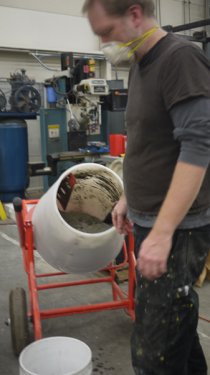
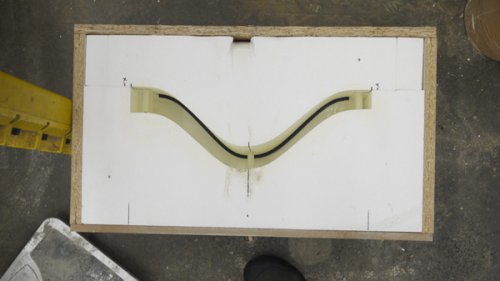
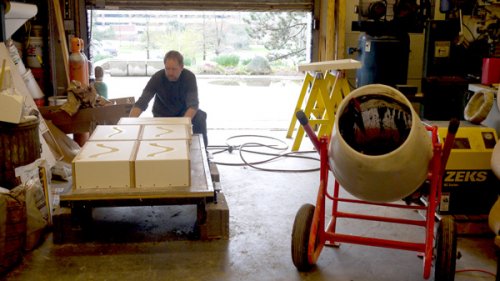
pfff
Wednesday, April 18th, 2012Falling Sky Lights – Final Version
Wednesday, April 18th, 2012The final version of the lights lost the ‘hair’ but involved a much more sophisticated system of parametric manipulation and scripting for tabing production. A PDF explaining the specifics of the system and more images of the lights installed can be viewed here. On these final versions the tabing is still both structural and ornamental – but used subtly – as a shadow.
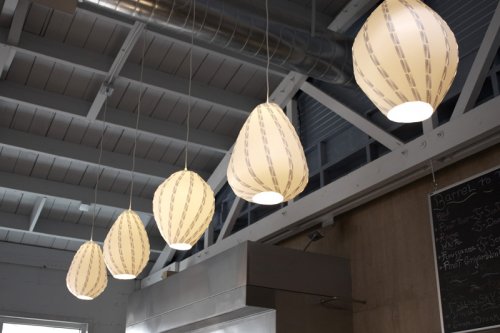
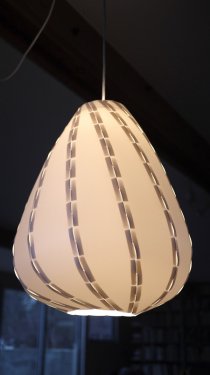
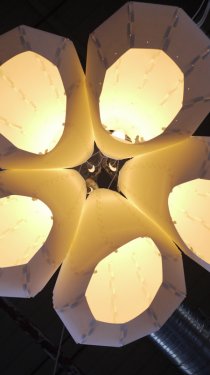
Falling Sky Lights – Version One
Wednesday, April 18th, 2012This was a project that began last summer and was completed in January this year. We were commissioned by Rob Cohen to design lights and furniture for a new brew pub, Falling Sky Brewing, that he was opening in Eugene Oregon. These are some images of the prototype of the first version light – what we were calling the ‘hairy one.’ We designed a parametric system in grasshopper to be able to alter the overall form of the light – then after unfolding we ran a script we wrote to create the tabing. The drawing shows how we were experimenting with the morphology of the tendrils. Key was the idea that the tabing not only holds the piece together (i.e. is structural) but also plays an ornamental roll. The only fasteners in the piece are the ones that hold a laser cut acrylic bracket to the body of the light. We adapted an inexpensive IKEA fixture to use as a light source.
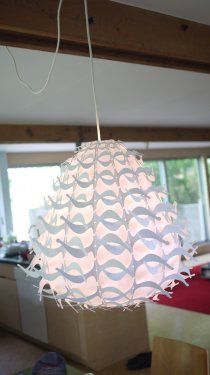
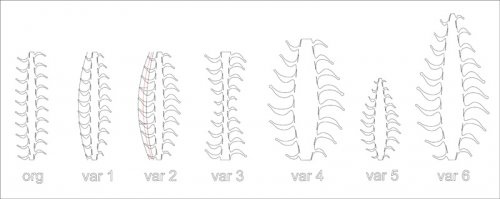
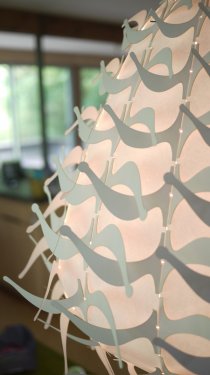
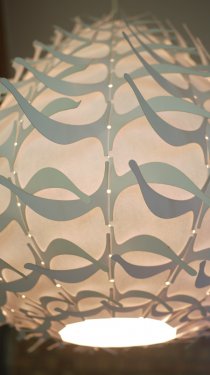
kitchen tent | parametric/scripted model
Tuesday, September 27th, 2011Click on this link to view a short video that demonstrates the parametric/scripting system that we developed in Grasshopper and Rhinoscript to manipulate the digital model throughout the design phase. After a form is selected – a script is run on the main regulating lines to create the structure. Note: the video is without sound. Total Length: 5.45
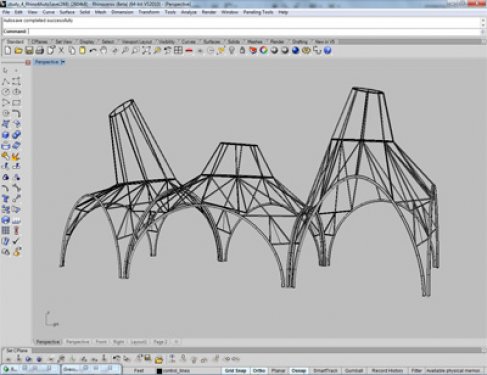
tetra | n – Runner Up TEX-FAB Competition Entry
Friday, November 19th, 2010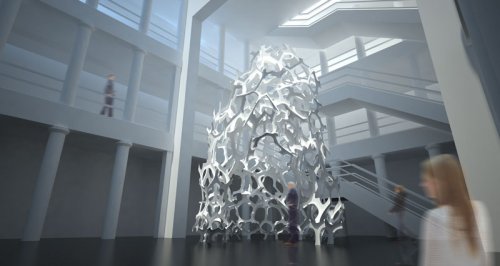
Our Runner-Up entry to the 2010 TEX-FAB Repeat design competition.
tetra | n project is based on the desire to design a generative
self-supporting structure capable of variable form – through utilizing a
single robust detail – one which could be fabricated out of flat stock
material. tetra | n project accomplishes this through two means. First is
the development of part geometry based on a tetrahedron (see diagram) –
structured in this way – the generation of more complex geometry through
simple base geometry always produces well – formed planar objects.
Additionally, coincident faces of adjacent tetrahedrons always produce
continuous forms – joints always meet correctly – regardless of the
position or scale of the next part. Secondly – through the utilization of
Rhinoscript – highly complex variable formed structures of n tetrahedrons
are possible. The script is ‘run’ on an assembled tetrahedral base
structure – part generation, connective element generation, labeling,
drill holes, and part flattening are integral functions of the script.
tetra | n is formed as a single unified tower structure with an occupiable
base that supports itself simply by standing on the ground. Depth and
redundancy in the form develop not only a robust structure – but a level
of complexity and intricacy found only in organic forms. The visual effect
is of a structure that is, on the one hand, highly ordered, rigorous and
geometric, and on the other degenerates into near chaos, simulates organic
growth, and confounds clear distinctions between foreground and background.
